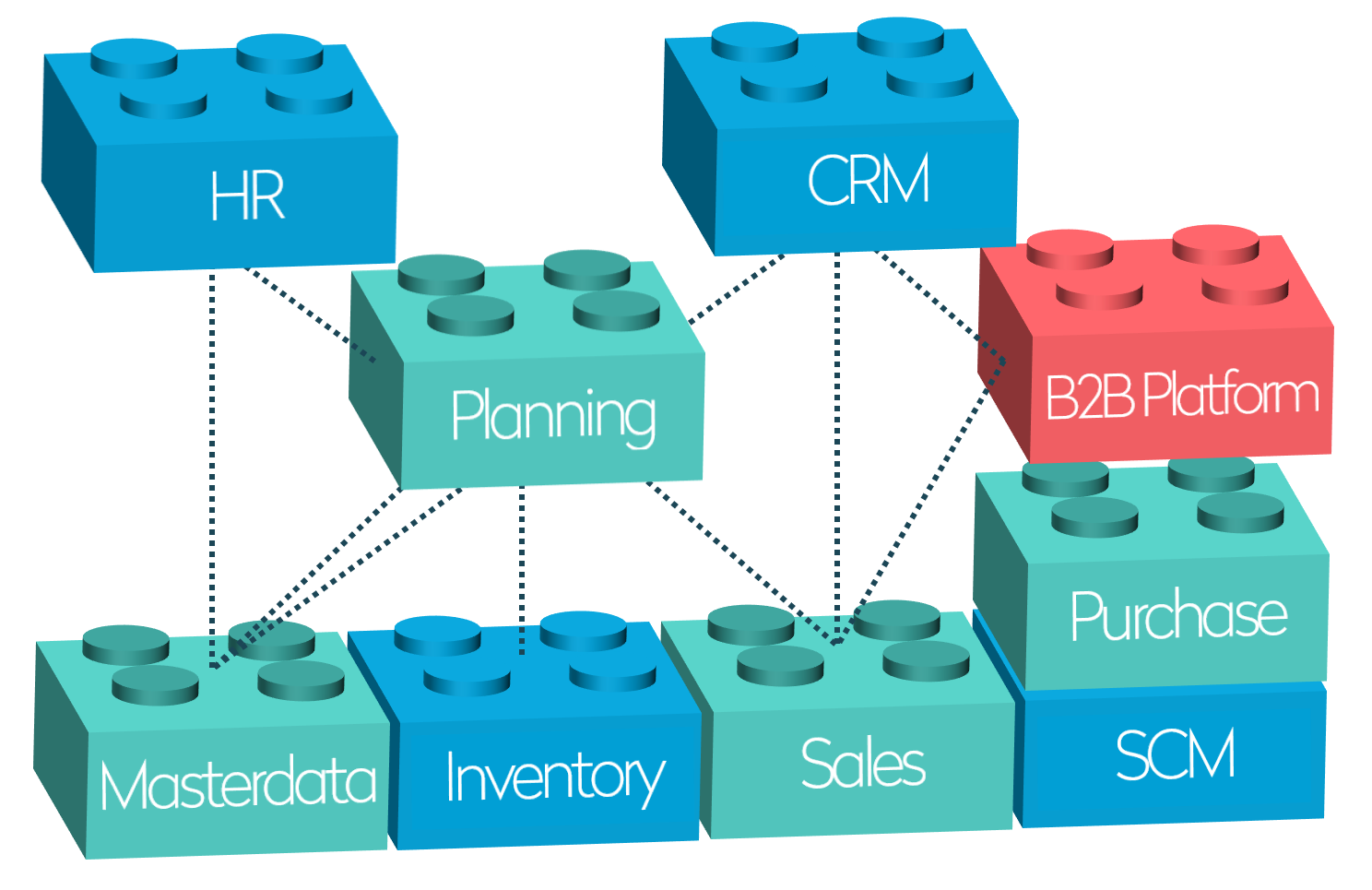The Challenge of Changing
There’s no denying that advancements like digitalization and cloud technology have kicked our society into high gear – propelling us into a faster-moving world. Through smartphones, online payments and a multitude of services, digital business simplifies (and speeds up) our everyday lives – decreasing wait times and increasing expectations. For all the convenience that it brings consumers, today’s advanced technology presents many challenges for businesses – who must continually provide more agile and swifter services to hit their markets’ constantly moving targets.
While organizations can choose from a wide array of dynamic consumer-facing applications to help them quickly advance their frontend, they often must do so while relying on backend legacy systems like AS400 and mainframes. Stretching operations across a varying IT landscape companies can present challenges when it the need arises to update and improve these systems.
Thankfully, you don’t have to throw out your legacy systems to stand out in your market. Instead, with the right perspective and approach, you can transform these obstacles into an opportunity to change your architecture, gain business, and be competitive in a rapidly changing world (even with your current backend systems).
Evolution of an IT Landscape
In the past, IT concerns (e.g. security, disaster recovery, and foreseen APIs) were the primary considerations for developing a company’s architecture. Businesses ran on massive ERP systems with big functionalities, including HR, Planning, and Inventory. Now with business interests driving more IT decisions and developments, companies are moving to a more heterogenous IT landscape, breaking their once monolithic ERPs into individual, function-focused modules. Whether to tap into the tempting (and ever-increasing) app market, expand into new business models, or onboard systems from acquisitions and mergers, these modules can be stacked on existing operations and ran through Software as a service (SaaS).
But as these organizations’ systems get cleaner and smoother on the outside, the messier and more complex the backend becomes – making interconnectivity and integration critical for its functionality.

To fully leverage and support innovative applications, new service offerings, and merged business systems, each of these separate modules must be interconnected amongst each other. Effective integration ensures that business information is shared in multiple directions, improving efficiency across operations.
Yet, in this intricate data flow, modifications to one module can create a domino effect along its integration trajectory and negatively impact other processes. To find the right balance, organizations need a flexible integration solution that not only helps them best connect backend to customer-end in their current architecture but also paves the way for future evolution.
This means that the more applications a company implements, the more complex and costly their integration will be. At the same time, these innovative solutions reduce a company’s need to modify its large backend systems, thus decreasing its cost of change:

Companies need to find the sweet spot for their business and budgetary needs – where they can effectively face challenges across their entire IT landscape, acknowledging them at the same time but addressing them at different rates.
Enter pace layered architecture… Stay tuned for the second installment of this blog post series about Pace Layered Architecture.
Subscribe to our RSS feed